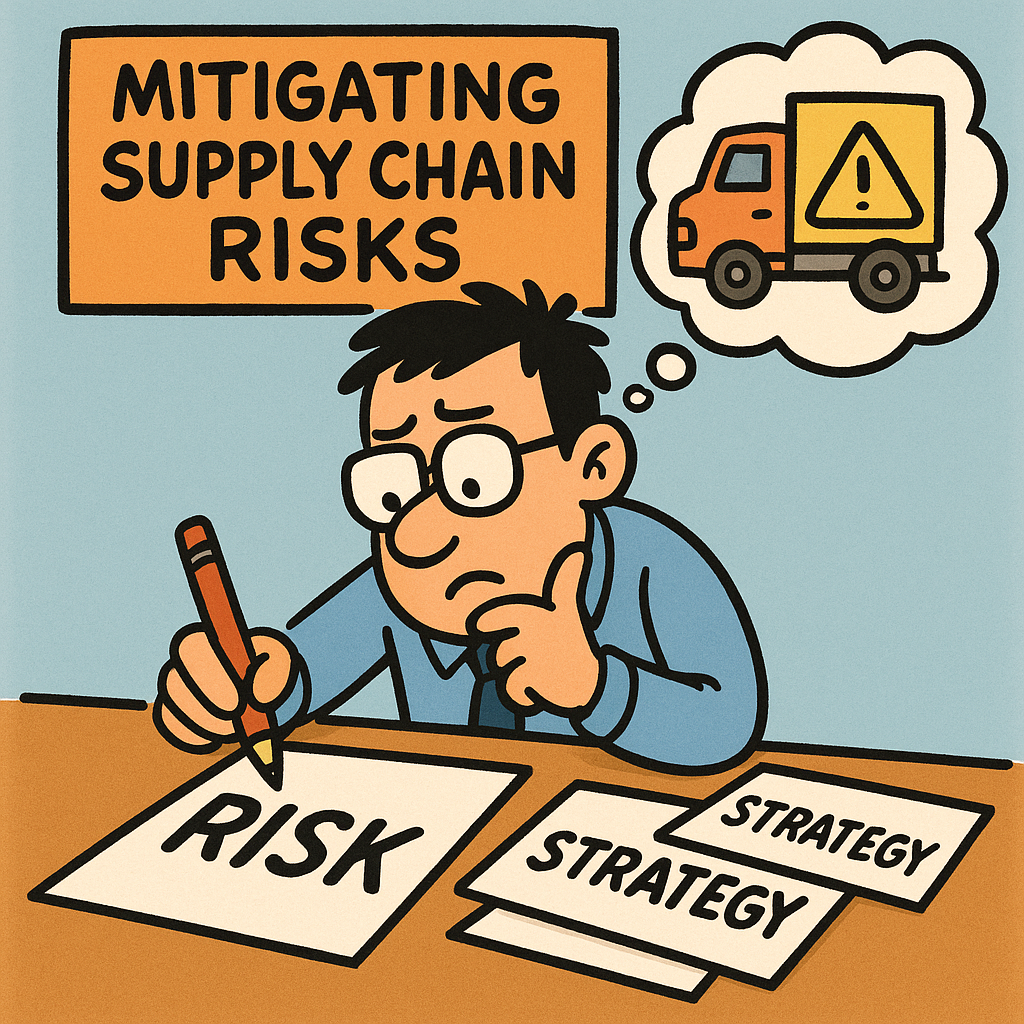Understanding PCN and EOL Notices in Automotive Safety Systems
In the automotive industry, the complexity of embedded systems is a double-edged sword. On one hand, they enable advanced functionalities; on the other, they introduce significant risks, particularly when it comes to managing Product Change Notifications (PCN) and End-of-Life (EOL) notices from component suppliers. These notifications can disrupt the supply chain, especially in safety-critical applications where reliability is paramount.
The Impact of PCN/EOL Notices
When a supplier issues a PCN, it indicates that a component is undergoing modifications that could affect its performance or availability. EOL notices, conversely, inform manufacturers that a component will no longer be produced, creating an immediate need for alternatives. In automotive safety systems, where components must comply with stringent regulations and safety standards, both types of notices can pose significant challenges.
Challenges in Managing Embedded BOMs
Embedded Bill of Materials (BOMs) are integral to the design of automotive safety systems, containing detailed information about every component used. However, as the pace of technological advancement accelerates, the risk of incorporating obsolete or unsupported parts increases. This leads to a cascade of challenges:
- Component Compatibility: Changes in components can lead to compatibility issues, affecting firmware and hardware integration.
- Regulatory Compliance: Ensuring that new components meet regulatory requirements can slow down design cycles and complicate the testing process.
- Design Trade-offs: Engineers often face tough decisions between using legacy components, which may be familiar but less efficient, and newer, potentially problematic alternatives.
Strategic Approaches to Mitigation
To navigate the complexities of PCN and EOL notices, a proactive approach is essential. Here are some strategies that can help mitigate risks:
1. Robust Component Selection Process
Choosing components with a proven track record in automotive applications is crucial. Opting for suppliers with strong reputations for quality and reliability can reduce the likelihood of sudden PCN and EOL notices. Additionally, leveraging platforms that provide lifecycle information on components can help engineers make informed decisions.
2. Implementing Change Management Protocols
Establishing a comprehensive change management protocol within the product development lifecycle is vital. This includes:
- Regular reviews of the BOM to identify critical components and assess their status.
- Creating a feedback loop with suppliers to stay informed about potential changes early in the process.
- Embedding risk assessment activities to evaluate the impact of changes on the overall system performance and safety.
3. Designing for Flexibility
Incorporating flexibility into the design of safety systems can significantly mitigate risks associated with component changes. For instance, designing modular systems allows for easier replacement of components without requiring major redesigns. This approach not only simplifies the integration of new components but also enhances the long-term viability of the system.
4. Advanced Simulation and Testing
With the rise of sophisticated simulation tools, engineers can now model the impacts of component changes before they occur. Utilizing digital twins and other simulation technologies enables teams to predict how changes in the BOM might affect system performance, thereby allowing for more informed design adjustments. Furthermore, rigorous testing protocols, including stress testing and fault injection, help ensure that the system remains reliable even when component changes are made.
5. Maintaining an Open Line of Communication
Collaboration with suppliers is key to managing risks associated with PCN and EOL notices. Engaging in regular discussions with suppliers about their product roadmaps can provide visibility into potential changes. Forming strategic partnerships with suppliers can also foster innovation and lead to early warnings about upcoming changes, allowing engineers to devise contingency plans proactively.
The Importance of Documentation and Traceability
Thorough documentation and traceability of components in the BOM are essential for efficient risk management. By maintaining detailed records of component specifications, testing outcomes, and compliance certifications, teams can quickly assess the impact of any changes. This documentation also aids in regulatory audits and product recalls, which can be particularly critical in the automotive sector.
Ultimately, while managing PCN and EOL notices in embedded BOMs for automotive safety systems presents significant challenges, adopting a strategic and proactive approach can greatly enhance resilience. By focusing on flexibility, rigorous testing, and strong supplier relationships, engineers can navigate these waters more effectively, ensuring that safety systems remain reliable and compliant in an ever-evolving landscape.



